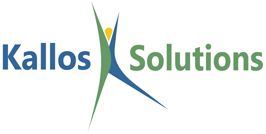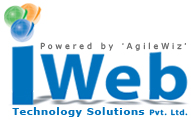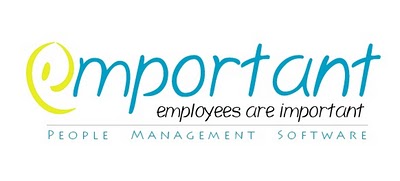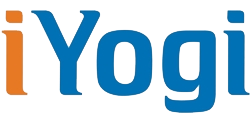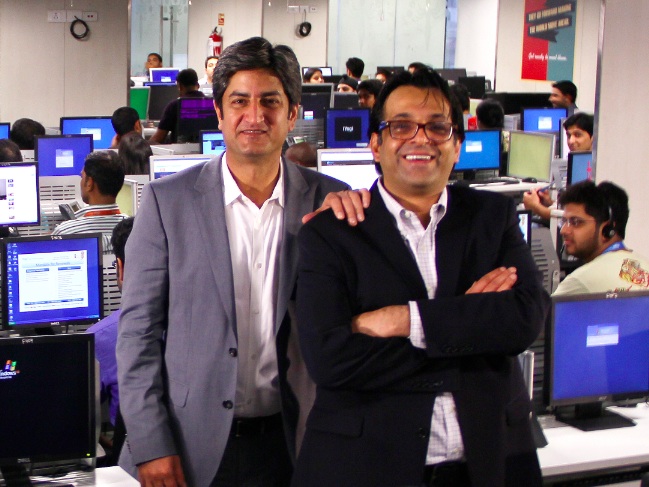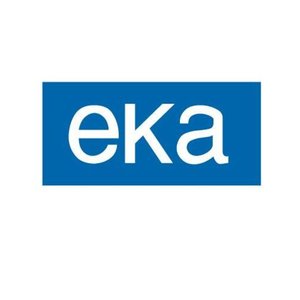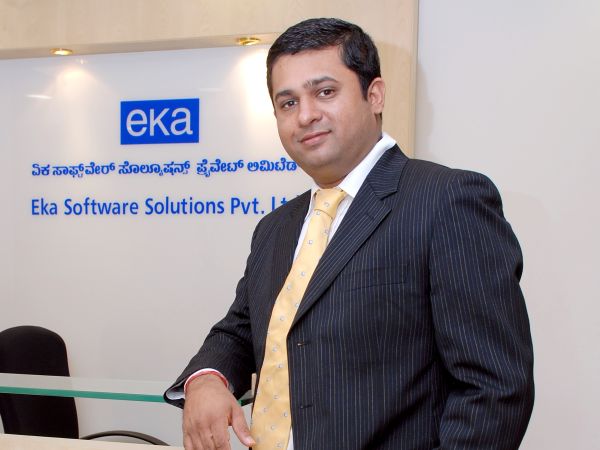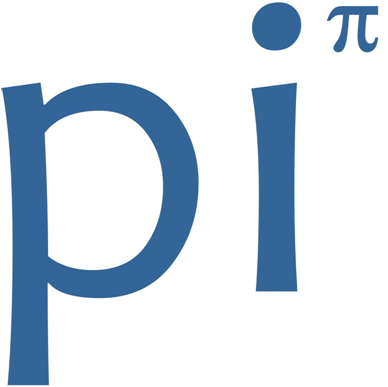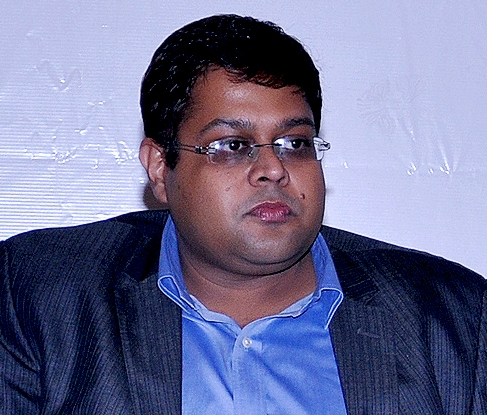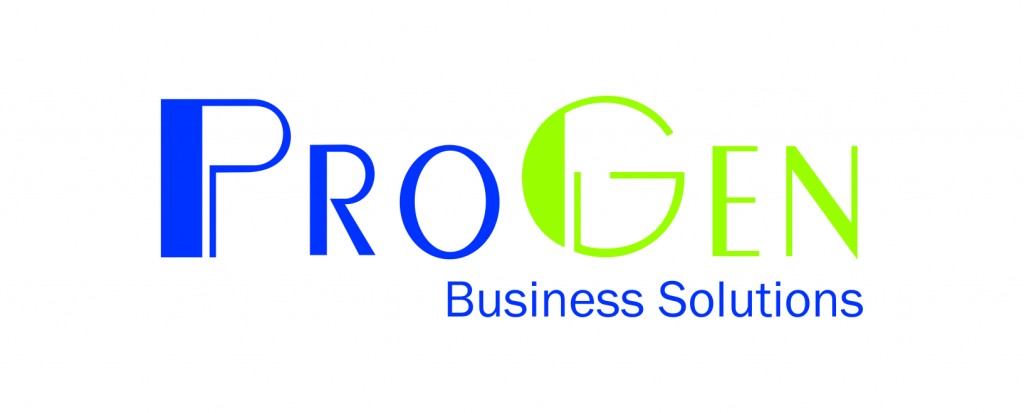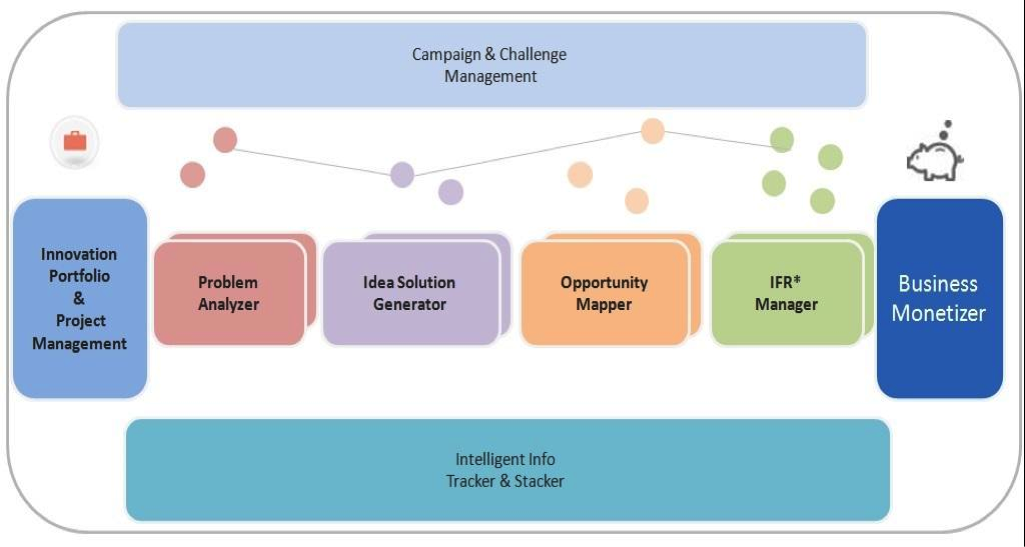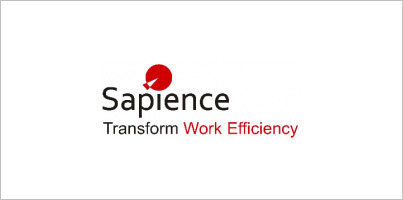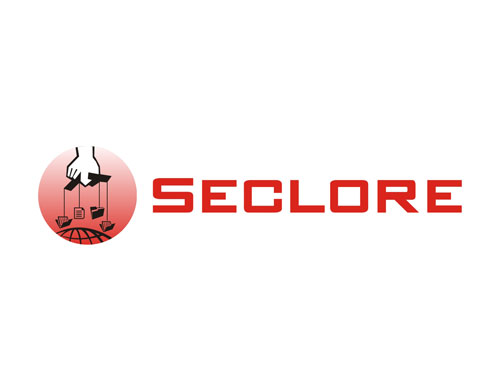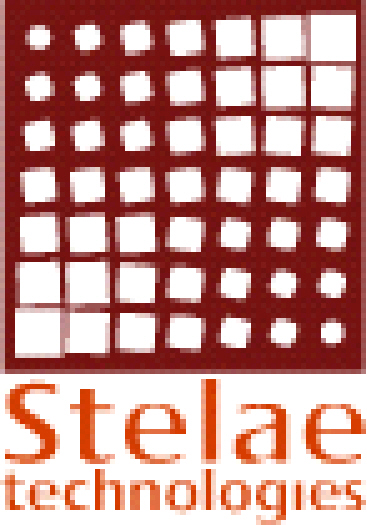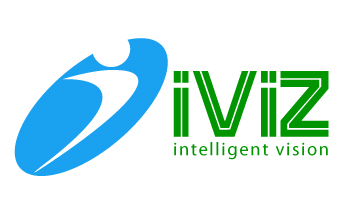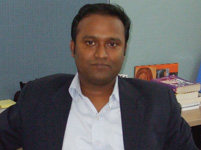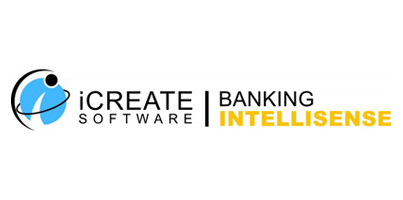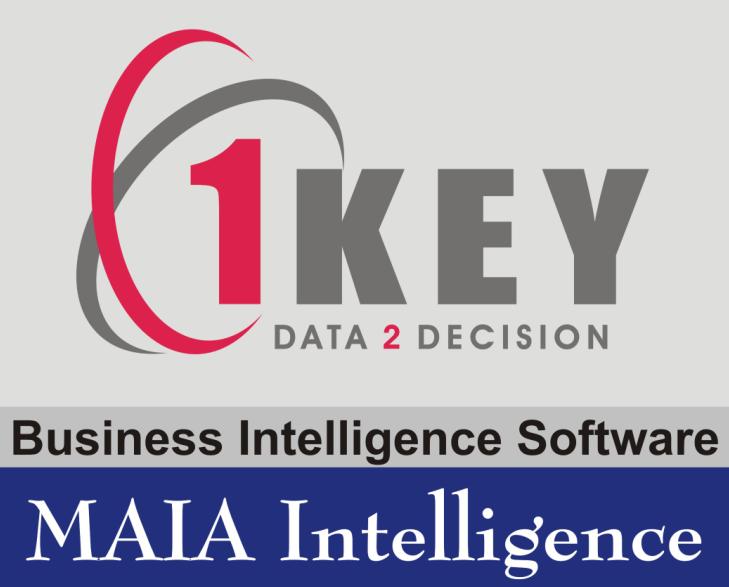ProductNation interviewed George Vettath, Founder and Managing Director of Kallos Solutions to learn about the journey of his company in the Enterprise software space for the past decade. In this interview, George explains how his background and experience helped in creating a superior product, and provides useful tips for entrepreneurs in this space to get more effective. Read the full story here….
What was the motivation to start your company?
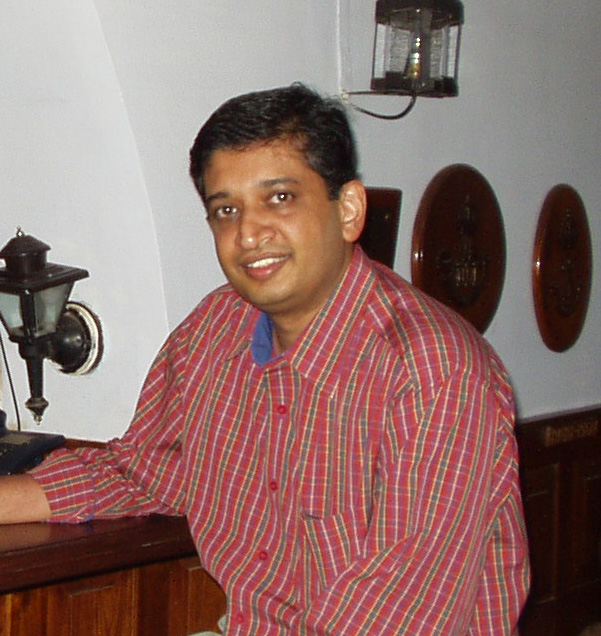 I had been working in the enterprise software space for over 16 years prior to taking the entrepreneurship leap. Around 2003, I was fascinated by the model based development – a technological innovation that started emerging in rapid software development. I immediately recognized an opportunity to leverage this new model, using which I could reduce time to value to a customer by five fold. Besides this, at that time, I had a different point of view on the direction of strategy with my employer. Both of these led me to start Kallos in India.
I had been working in the enterprise software space for over 16 years prior to taking the entrepreneurship leap. Around 2003, I was fascinated by the model based development – a technological innovation that started emerging in rapid software development. I immediately recognized an opportunity to leverage this new model, using which I could reduce time to value to a customer by five fold. Besides this, at that time, I had a different point of view on the direction of strategy with my employer. Both of these led me to start Kallos in India.
Why did you choose India as a location?
First, I wanted to give back to my country that helped me get global exposure, via sponsoring of my MBA at Sydney University, Australia. Secondly, my initial working years were spent at CMC and RAMCO Systems, during which I had developed a good understanding of the needs of the Indian customer. Thirdly, my roots and extended family are here. All of these were principally responsible in my decision to start my venture in India.
Starting a new company in the enterprise space, under conditions that prevailed a decade ago should have been very challenging. What gave you the confidence to pursue this path?
Like I mentioned earlier, during my professional career, I was already exposed to the nuances of dealing with Indian and global customers. I was part of the core team at RAMCO which was tasked to build its ERP product. Further, as global head of product management, I was given the responsibility to broaden the reach of RAMCO products to 8 different countries. The experience of selling these products in different geographies, dealing with competition – primarily SAP that came in to Indian market and virtually uprooted us, reconfiguring our strategy to survive the onslaught of global vendors, was the primary source of my confidence. I realized that I could still make my mark, despite all the heavy competition, as long as I had a sustainable competitive advantage against all these vendors.
Can you tell us on how you could translate your thoughts into a real sellable product – and one with a competitive advantage, over the past decade?
 From 2003 till about 2006, we focused on building the product suite on the principles of model driven development. I bootstrapped the company during this period, by executing US projects on the side. From 2006 onwards, we started aggressively reaching out to customers and began delivering product centric solutions, based around the PaaS infrastructure that we had developed in house. The business model was to keep the PaaS in-house, but leverage the platform to deliver rapid solutions and customizations, around our ERP/CRM and HRMS products. Thus, we differentiated ourselves with others in the marketplace as providers of product and platform centric customized solutions, delivered within relatively short timelines.
From 2003 till about 2006, we focused on building the product suite on the principles of model driven development. I bootstrapped the company during this period, by executing US projects on the side. From 2006 onwards, we started aggressively reaching out to customers and began delivering product centric solutions, based around the PaaS infrastructure that we had developed in house. The business model was to keep the PaaS in-house, but leverage the platform to deliver rapid solutions and customizations, around our ERP/CRM and HRMS products. Thus, we differentiated ourselves with others in the marketplace as providers of product and platform centric customized solutions, delivered within relatively short timelines.
Another aspect to note is that we did not concentrate on hyper growth. We took a very long term view on the road to profitability – knowing fully well that as the product matures, growth will follow. We also did not adopt aggressive marketing tactics. All we did during the past decade was to wait for a disillusioned customer tap our door after he or she had burnt their fingers trying to adopt a MNC vendor based solution and failed. I realized that the most difficult area in the Enterprise suite implementation is in addressing the variance of requirements across customers in their respective supply chains. Here, we leveraged our development strength to rapidly customize solutions as per customer requirements. These aspects have enabled us to sustain the edge against competition over the years.
Interesting insights… Can you share to us your moments of wins during your journey thus far?
We have provided solutions to over 170 plus customers thus far – and each one is an important milestone in itself. If I need to recollect the ones that had most impact to the organization, I would think the win we had at CSS Corp for our CRM solution, and wins at Bluedart Aviation (subsidiary of DHL), Scope International (Subsidiary of Standard Chartered Bank) and many services based BPO Organizations for our HRM solution as the key ones. Some of our international wins from the KGK group in Hong Kong and LCC in the Middle East for KServeHRMS, are also milestones since it was the early international sales of our products. The CSS Corp win validated our PaaS play, as well as demonstrated that our solution could scale to support a workforce of 400 users as early as 2007. The Blue Dart Aviation, Scope International and BPO HRMS wins gave us confidence to ramp up KServeHRMS as our current flagship product.
The KGK Group in Hong Kong initially bought the HRMS package for deployment at one of their offices – but after successful implementation there, they expanded to roll it out in many of its group companies in the Far East. An e-publishing firm in Delhi, Aptara Corp was able to effectively use the operational workflow automation solution for its 1100 employees. Power2SME, a Delhi based SME aggregator standardized on our ERP offering and went on to get funded on account of our backbone solutions. These are some experiences that I can recollect…
Over the years, you also would have your share of lost opportunities. Can you shed light on a few key ones?
As regards to lost opportunities, I think we focused initially on selling KServeCRM and KServeERP instead of KServeHRMS. We realized a bit late that the gap in the market was really in the HRMS space in India. We had the best in class HRMS solution and even those customers who had deployed MNC based solutions had not availed of the HR part for a variety of reasons.
The second one in terms of missed opportunity would be our lack of focus on going global earlier. International product sales are more profitable since they are tax free, and easier to implement due to maturity in their processes. In fact, the global customers that we have today – all of them came to us directly based on the good feedback and performance of our products in the field.
Having traveled the road thus far, what advice would you like to give to product entrepreneurs operating out of India?
Over the years, I have seen many companies start off and then shut down. While the reasons of closure could be many, I would advice all product entrepreneurs to have a proper focus on cash flow management and customer management, especially if you are addressing the domestic market. Software is not something that is understood fully by customers in India, and so, you need to work on getting them to understand the hard work that you are putting in to make them successful. Once they see the intent and integrity, customers will never hesitate to pay.
On a related note, personally, I spend about 2 to 3 hours every week for the startup and product ecosystem. I also aggregate the key challenges faced in this region to the appropriate policy makers in my capacity of being the Regional Chair for NASSCOM Emerge Forum for the past 2 years. I feel that over the past two decades a bunch of like minded folks have provided confidence to the world that we can conceptualize, build and sell enterprise products out of India. I urge all the fellow entrepreneurs in this space to reach out to us, collaborate and ensure that we take this momentum forward, and to greater heights.


